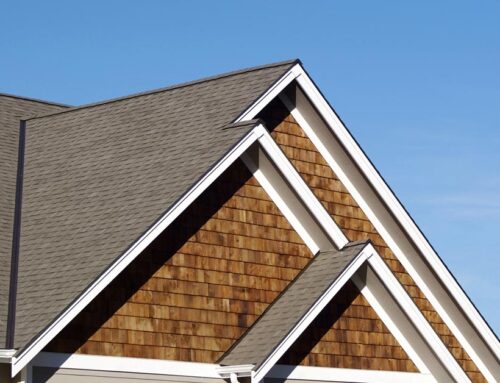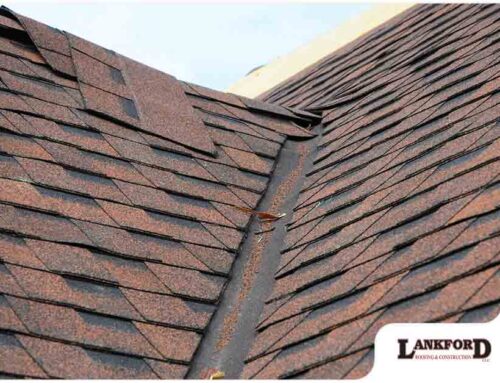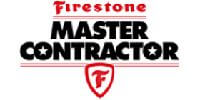The underlayment may not be the most visible part of the roof. In fact, it’s not unusual to find people who know it exists. Even so, it is a roofing component that is as important as the asphalt shingles and flashings. Today, we take a look at what makes underlayment an important part of a roofing system.

How the Underlayment Works
Roofing components such as framing and decking are made of wood, which means they need to be protected from moisture infiltration in case the outer roofing layer is damaged, punctured or torn off by wind. This is where roofing underlayment is for — a sheet of material that’s installed between the decking and the outer roofing layer made of asphalt shingles, sheet metal or some other material. The underlayment is fastened to the decking using fasteners with plastic or rubber gaskets. Breaks or seams are sealed with specially-designed “moisture barrier” tape. It’s important to note that the underlayment is not a “second roof” and must not be left exposed to the elements in case the outer roofing layer is damaged.
Types of Underlayment
Roofing contractors may offer more than one type of underlayment depending on the roofing system that you choose:
- Asphalt-saturated felts (or just “felts”) are known as the “traditional” type of underlayment. It’s the oldest type of underlayment and is made of pulp from recycled paper and fabric, soaked in liquid asphalt. Felts are more rigid than other types of underlayment, which adds some impact resistance to the roof.
- Rubberized asphalt is an elastic underlayment that, despite the name, is mostly made of rubber with a small percentage of asphalt. Its elasticity makes it the ideal underlayment for roofs that are exposed to temperature extremes. Unlike other types of underlayment, rubberized asphalt is installed on the roof decking using adhesives instead of fasteners.
- Non-bitumen synthetic underlayment is today’s most common type of underlayment. Most synthetic underlayment products are made from polyethylene or polypropylene, the same type of plastic used for manufacturing “archival” packaging used for storing collectibles. It resembles tarpaulin but can be made to be “breathable” — that is, it allows trapped moisture to evaporate instead of trapping it on the decking.
Lankford Roofing & Construction LLC provides roofing installation and window replacement to customers in Denison and Sherman, TX, as well as the surrounding communities in Texas and Oklahoma. Give us a call at (903) 465-7677 or (580) 920-1433. You may also fill out our contact form to schedule an appointment.

















